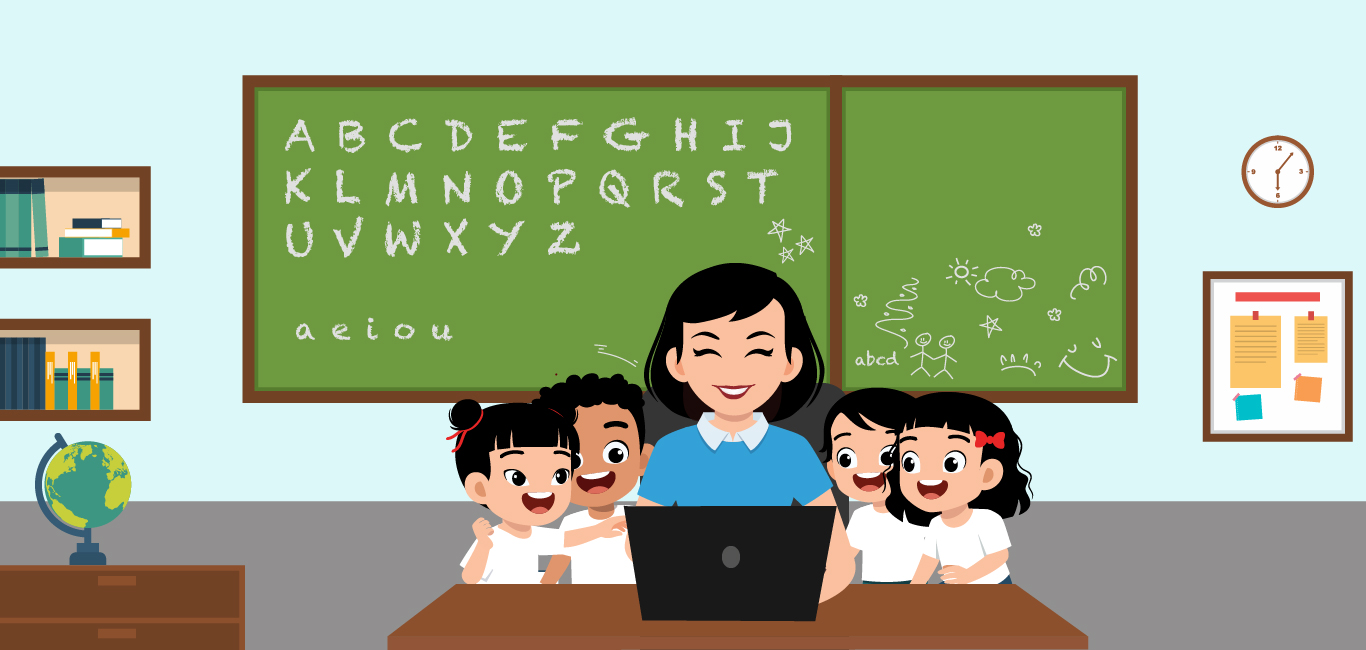
In a world where crying remains a uniquely human experience, we frequently encounter shame and embarrassment when confronted with tears. However, this instinctive reaction to pain and sorrow possesses an extraordinary capacity for healing and catharsis, one that often goes underestimated.
Those salty drops that run down our cheeks have a profound influence on our mental well-being. Crying is a natural and essential process that brings forth numerous benefits for our emotional and psychological state.
In fact, holding back our emotions can be detrimental to our physical and emotional health. Repressive coping has been linked to cardiovascular disease, hypertension, and a compromised immune system, as well as to mental health conditions such as stress, anxiety and depression according to a 2014 study led by Marcus Mund.
Emotional release and catharsis
Crying is frequently connected with the release of emotions. Shedding tears, particularly in times of intense sadness, grief, or frustration, can offer a feeling of solace and liberation from suppressed emotions. Crying can function as a means of expressing and externalising our internal sentiments, enabling us to release emotional strain.
According to Meghna Karia, senior psychologist and outreach associate at Mpower, a mental health care initiative that works towards awareness, stigma reduction, and holistic care, cathartic crying has some psychological benefits:
- Emotional tears contain hormones that make their way out through tears. The letting out of these hormones helps us experience a complete release of pain when we cry for a long period.
- It may also evoke empathy in others, causing them to feel compassion and connection towards the individual experiencing vulnerability and emotional distress.
- Tears also provide valuable insights into one’s personality and attachment styles, offering an understanding of how individuals connect to situations, events, people, and places. They serve as a catalyst to change our perspective towards the person undergoing emotional distress.
- It also acts as a natural way of coping with distress.
Regulate emotions
Karia suggests that effective emotional regulation involves identifying and articulating one’s emotions, as well as managing them in a healthy manner. Crying serves as a means of emotional expression, allowing individuals to convey their feelings of pain and discomfort.
It also helps one get in touch with one’s feelings, says Ahmedabad-based counselling psychologist Shreyasi Sadani. “In therapy, when something elicits a powerful emotional response, such as crying, it opens avenues to explore the deep-seated feelings that one might not be in touch with.”
Mood enhancement
Crying can stimulate the release of endorphins, which are the body’s natural feel-good chemicals. These endorphins can promote a sense of calm, contentment, and even a temporary boost in mood.
According to Karia, crying helps in improving one’s mood and plays a role in regulating feelings by neutralising one’s anger or other emotions. “It naturally induces sleep after it secretes hormones. Emotional tears help reset hormones that induce stress and boost one’s mood stability,” she says.
Stress relief and relaxation
Crying has been found to have stress-reducing effects, and can help lower cortisol levels, a hormone associated with stress. It may contribute to a sense of relaxation and a decrease in physiological arousal, helping to alleviate stress and promote a sense of well-being.
Shedding tears when experiencing anxiety and stress is very common. “When a person cries, the emotional tears contain stress hormones and chemicals that are released through tears. This further allows the emotions to be out of the body and in releasing the tension that the body builds within you,” says Karia.
Emotional bonding and social connection
When we cry in the presence of others, it can elicit empathy, compassion, and support from those around us. Crying can serve as a non-verbal communication of our emotional needs, signalling to others that we require comfort, understanding or assistance. This can foster social connection and strengthen relationships. “When a person is crying, it could be a strong sign conveying a need for help or asking for support,” says Karia.
A study by Ad J. J. M. Vingerhoets (2016) shows that-
- Perceived helplessness and felt connectedness predicted willingness to help someone crying with tears, while perceived friendliness did not.
- Tearful crying promotes helping behaviour, with perceived helplessness, felt connectedness, and perceived friendliness mediating the effect.
These results provide insights into why people are more likely to help those who cry with tears.
Sadani further adds that crying in front of someone allows one to experience vulnerability, which can be very healing. It can help in building stronger connections and make loved ones feel closer to each other.

















